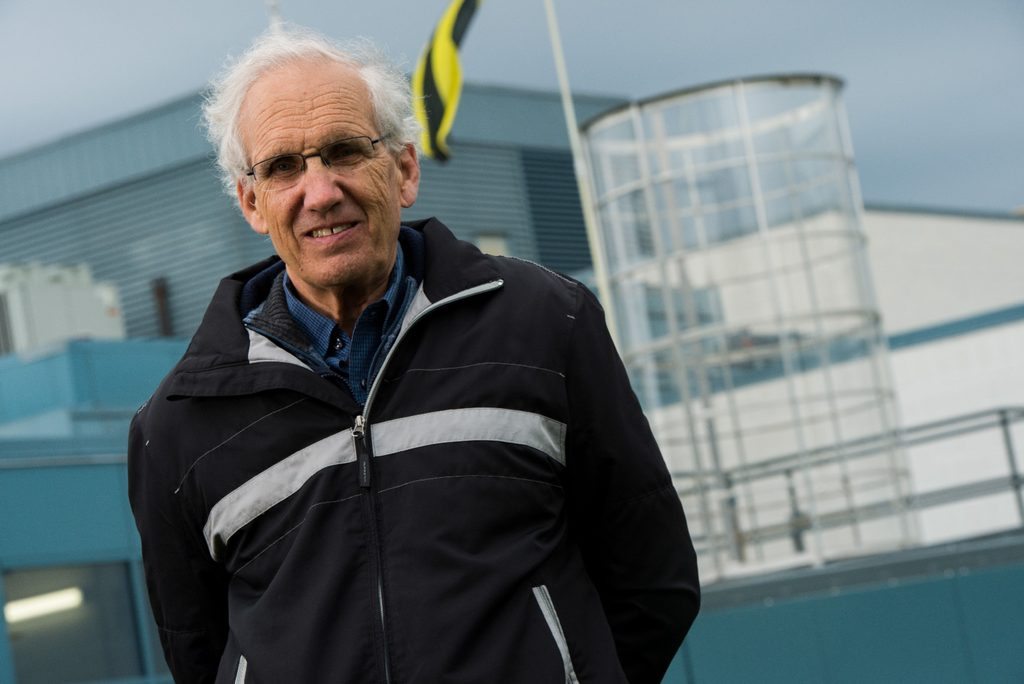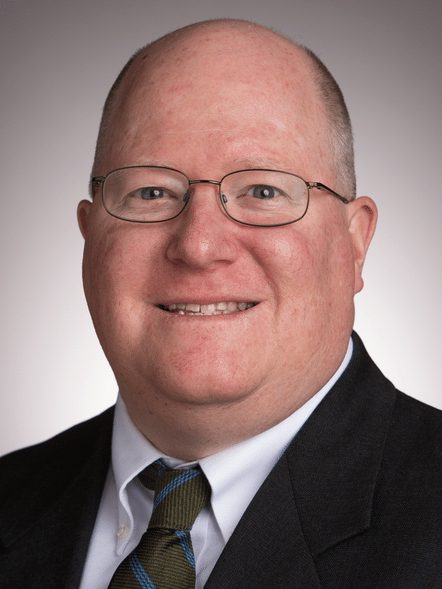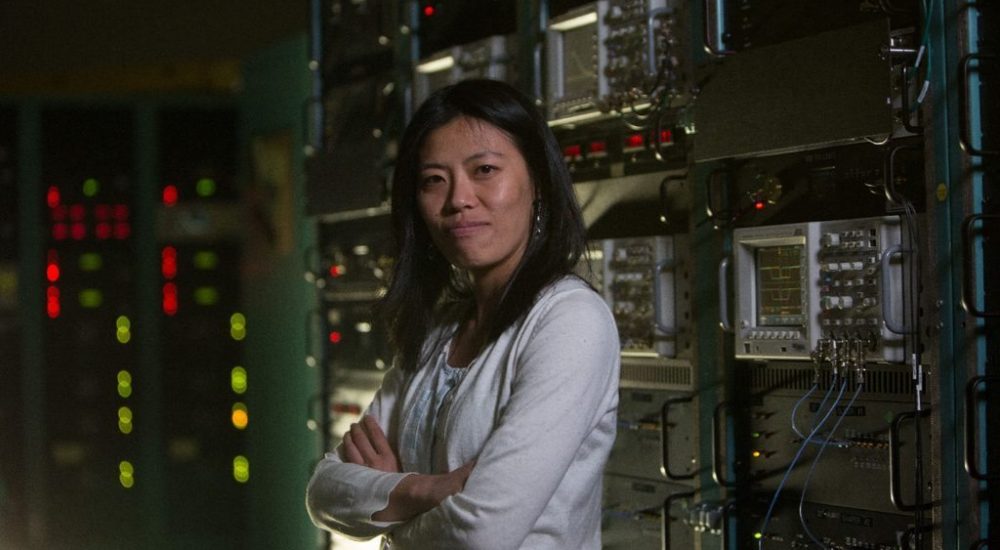Breakthrough is produced by Hollywood power players Ron Howard and Brian Grazer and their Imagine Entertainment company. Each week a different actor or director will delve into real world, human stories that connect the ways that science impacts our lives. The directors include actors like Angela Bassett and Paul Giamatti, Producer/Directors like Ron Howard, Bret Ratner (X-Man) and Akiva Goldsman (A Beautiful Mind; I, Robot) and Peter Beg (Friday Night Lights).
BOOST Collaborative will be publishing a special series of blogs from November 2 to December 14, highlighting each scientific discovery. The day after each episode’s air date, visit the blog to hear recaps and education connections from specialists reflecting on how each show’s topic relates to STEM. This week, we hear from Dr. Carmine Polito and his reflections from Episode Five: Energy on the Edge. You can watch Breakthrough on the National Geographic Channel on Sundays at 9/8c.
What do tornadoes, lava, stars, sunshine and beer have in common?
It is not surprising if you didn’t immediately think of them as potential sources of energy to help replace fossil fuels. This is because they are not what you think of when you think of energy sources and that is because progress is made in one of two ways: slow and steady improvements of existing systems or sudden progress through new ideas, often called “breakthroughs.”
Most progress is made by slow improvement of existing systems. We have a system that does its job and then we make an improvement to that system. Sometimes this sort of advancement is likened to “standing on the shoulders of giants;” we are able to reach great heights not because we make great new advancements, but because we are able to build on top of the advancements of our predecessors.
Let’s think about cars; when they were first mass produced more than a century ago they had many of the same basic components we see on cars today: you steered with a steering wheel, you had a gasoline engine that supplied the power and rubber tires. Cars that we see today have slowly evolved over the last 100 years: engines have gotten both more powerful and fuel efficient, manual transmissions (stick shifts) have largely been replaced by automatic transmissions and we now have seatbelts and airbags. While the total change in automobiles over the last years have been massive (you would never confuse a 1915 Ford Model T with a 2015 Ford Mustang) it has come through a very large number of small steps, not through a small number of large steps.
The second way that progress occurs is in sudden bursts.
There are certain discoveries and inventions that do not develop out of existing technologies but seem to come out of nowhere (usually the “nowhere” they come out of is really years of hard work and creativity) and proceed to change the way we do things. We often call these sudden changes “breakthroughs.”

For 150 years, people took photographs in roughly the same way. Whether the photo was taken using glass plates or film that media had to be taken to a lab and developed. This process took time and money and you were never sure whether the picture was what you wanted until after it was developed. Compare this with life after the breakthrough of digital photography. When you take a picture with your cell phone (cell phones are another example of a breakthrough!) you can look at it instantly and if you don’t like it, you can delete it and take another. If you do like it, you can save it for yourself or text it to your friend (try to text a paper photography some time).
Which form of progress will be more important in the future, slow and steady or breakthroughs? While both are likely to remain important, as the problems we face as a society become more complex and have less and less in common with the problems we have faced in the past, I suspect that we will need to look for ways to solve them that are very different from the solutions we have used in the past, which will require us to make bigger and better breakthroughs. What sort of problems and what sort of breakthroughs? Perhaps using tornadoes, lava, stars, sunshine or beer to help solve our dependence on fossil fuels!

Dr. Carmine Polito is a Professor of Civil Engineering at Valparaiso University in Valparaiso, Indiana. In addition to teaching classes about Geotechnical Engineering, he studies how soils behave during earthquakes, with the goal of reducing the damage earthquakes do to our infrastructure. He holds a Ph.D. from Virginia Tech and is a Registered Professional Engineer in the States of California and Indiana. He also helped found Valparaiso University’s chapter of Engineers Without Borders. In his spare time he enjoys reading, fishing and spending time with his wife, Lisa.
Photo credit: National Geographic
